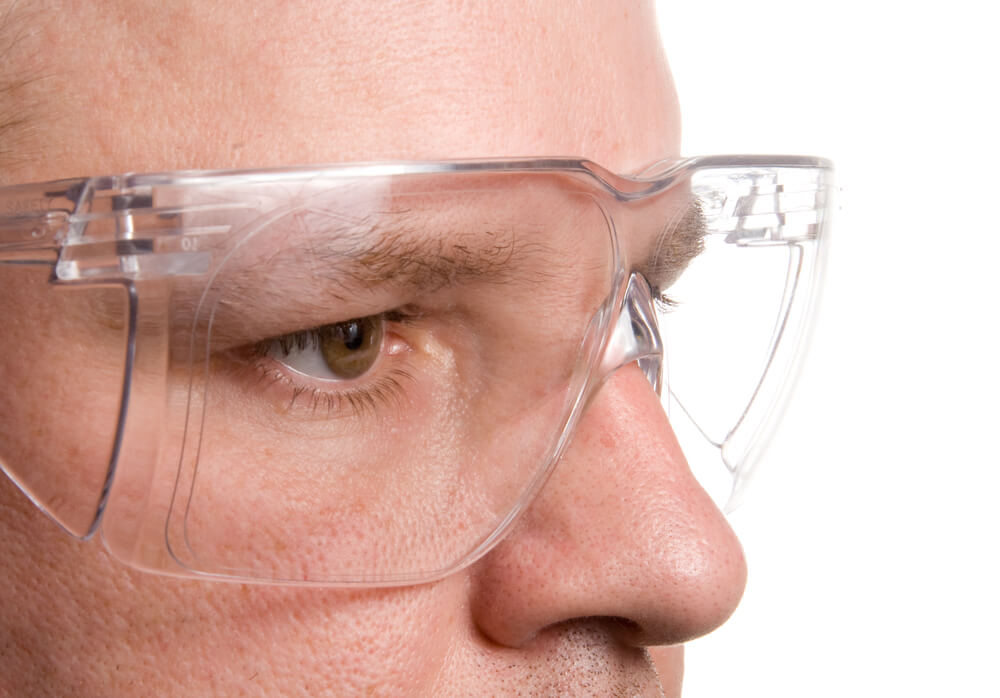
Blog
Eye Safety in Manufacturing: Best Practices for 2024
One of our greatest vital organs, as well as one of the most delicate, is our eyes. Perhaps the most vital sense for navigating our contemporary lifestyles is sight. Walking, driving, reading, writing, working, and playing all depend on our ability to see. In many different professional and commercial work environments, rising exposure levels to light and heat, dust and chemicals, and biological pollutants exist. A variety of eye ailments, from mild eyestrain to serious eye damage that makes daily tasks more difficult or drastically alters a person's life, may result from these and other reasons.
Manufacturing
Although the manufacturing sector is large and varied, it usually entails the assembling and finishing of tangible goods while human labor is present. Nearly half of the wounded workers had some sort of manufacturing employment. According to the BLS, workers using sanders, assemblers, and grinding equipment accounted for more than 30% of all eye injuries.
Employees in manufacturing plants run the risk of having objects like tools, machinery, or materials hit their eyes. Dirt and other elements that might be harmful to the eyes can be found in factories. Hazardous substances from the production or cleaning procedures can also be present. Blue light wavelengths from intense lights can damage the eyes over extended periods.
- Everything needed to fulfill the task
- ANSI-rated protection
- High mass impact
- Optical clarity
- High-velocity impact
- Ballistically rated
- Customizable lenses
- Ventilation, and prescription-ready climate control
CERTIFICATIONS
ANSI
The American National Standards Institute (ANSI) approves standards proposed by formal industry committees. Participating in three different ANSI committees and playing a major part in the creation and ongoing improvement of these standards, Wiley X is an honored member. The American National Standard (ANSI Z87.1) for Individual Eye and Face Protection Products in Occupational and Educational Settings. It outlines the requirements that eye and face safety items must fulfill to be considered safe and have clear vision. It also includes performance parameters and markings.
OSHA
Employers are required by law to offer a workplace free from major dangers and to comply with all OSH Act health and safety standards for their employees. PPE is governed by guidelines imposed by OSHA. OSHA has particular rules for every sector, maritime, manufacturing, and construction that cover personal safety gear. Many types of personal safety gear must either satisfy or be equivalent to standards created by the American National Standards Institute (ANSI) to comply with OSHA regulations. Occupational Safety and Health Administration guidelines and publications about personal safety gear are highlighted in this area.
Testing of Safety Eyewear
Ball impact testing is required for high-quality eye protection, lenses, and frames, which come in a variety of lens materials and must meet the requirements of the relevant safety standard, such as Z87.1. To prevent harm to the eye from an unbroken or shattered lens, the lens must endure and remain intact within the frame of the spectacles.
An unbroken lens can strike the eye in two ways: either the lens is struck so forcefully that it deforms and bursts out of the frame, a process known as oil canning, or the frame is poorly built causing the lens to jump out during impact. A 1.1-pound projectile drop from 50 inches is one example of a high-impact test; however, tests differ for particular kinds of safety eyeglasses and use.
The most widely used materials for protective eyewear are injection-formed thermoplastics and polyurethanes, which are used to make wraparound spectacles and protective goggles. The lens and/or frame are made by manufacturers by injecting molten plastic into metal castings. Blow molding and extrusion molding are further techniques.
After that, frames are smoothed if necessary, and lenses are ground or polished to the proper standard for their type and purpose to ensure optical clarity. In addition, the workers who make the safety glasses could face risks such as hot chemicals, plastics, high pressure, electricity, sharp blades, falls, guarding, and the requirement for lockout-tagout.
Six PPE Types for Manufacturing Employment
Any high-risk area requires the use of personal protection equipment (PPE) to ensure your safety. Let's explore six PPE categories that are typical in manufacturing jobs, from head to toe. Be aware that, depending on your position, you might not always require all of this PPE or that you might require items that aren't on this list. Though shoes are usually the individual's responsibility to buy, your company should cover the most of it.
Durable Footwear or Boots
One of many fundamental kinds of PPE is footwear. Wearing strong closed-toe footwear is mandatory while working on the production floor. Steel-toed boots may be required by your employer, depending on your position and the particular hazards you confront. When making a purchase, always make sure you know what to expect.
Gloves
To safeguard your hands when using machinery, you'll need to wear hefty gloves. Gloves come in a wide variety, just like shoes. Ask what kind is best before purchasing them if they aren't provided for you.
Safety goggles or glasses
Wearing safety eyewear is a simple approach to lower the risk of eye injuries, which are highly prevalent in manufacturing industries. Prescription eyeglasses can be used over most safety glasses. Make sure you put on your goggles or prescription safety glasses before using any machinery that can discharge small fragments or other debris.
Muffs or Earplugs
Some manufacturing plants have a lot of noise. To protect your hearing, you must use muffs or earplugs. When tackling a noisy industrial floor, you should always wear them. Generally, you won't require hearing protection if you work mostly in an office, but you should always have something on hand in case you have to go to the floor.
Durable Cap
On building sites as opposed to manufacturing plants, hard helmets are more prevalent. However, it can be necessary given the circumstances of the factory or your specific profession. It's a simple method of keeping your head safe from falling things.
A respirator or a mask
You may have respiratory distress if airborne particles enter your nose and lungs. Depending on the particular risks you confront, this type of PPE ranges from basic dust masks to complete respirator systems. Request that your employer show you how to use this equipment correctly; a mask or respirator that is not put or fitted correctly will not be very effective.
PPE is Crucial in Manufacturing, But Why?
The following five factors make PPE production crucial:
Protection
Personal Protective Equipment (PPE) shields workers from injuries brought on by exposure to heat, noise, chemicals, and flying debris. It can also aid in the prevention of injuries or lessen their severity when they do occur. Since employees are the heart and soul of every business, their safety needs always come first. Wearing personal protective equipment (PPE) can enhance workers' comfort levels while they work, which can result in higher productivity.
Morale
Happy employees make for a safe workplace. Employees are more inclined to have an optimistic mindset and be driven to perform at their highest level when they are assured that they are shielded from any dangers.
Compliance
When a law or rule requires it, using PPE may be one of the circumstances. For instance, the Occupational Safety and Health Administration (OSHA) sets noise exposure limitations that mandate the use of hearing protection by employees in noisy workplaces.
Financial savings
The costs of medical care and missed work due to injuries can be high. PPE can save costs for both companies and employees by preventing injuries. An estimated $170 billion is spent each year on costs associated with diseases and injuries sustained at work.
What Safety Precautions Can You Take in a Manufacturing Setting to Keep Your Eyes Safe?
Recognize the Dangers
Your eyes are at risk from several production procedures. For instance, welding exposes your eyes to high temperatures and light, grinding can produce metal shavings that penetrate your cornea, and working with chemicals can result in burns and discomfort. It's important to always read and abide by the security precautions and labels on the tools and materials you use, as well as to be conscious of any potential risks in your workspace.
Select the Appropriate Eye Protection
The kind and degree of risk will determine what kind of safety glasses you require. Helmets, face shields, goggles, and Wileyx safety glasses are the four primary types of eye protection. The most fundamental and adaptable type of eye protection is safety eyewear. They can shield tiny particles and dust from getting into your eyes. Goggles can shield you from splashes, odors, and bigger particles by creating a tighter barrier over your eyes. Face shields can shield you from heat, sparks, and flying objects by covering your full face. Helmets are intended for use in high-risk activities like welding. They can shield you from heat, radiation, and bright light.
Make Proper Use of Eye Protection
Not only should one own the appropriate eye protection but it must be used consistently. Here are some recommendations to remember to make sure you're wearing your eye protection correctly: before using your eye protection each time, make sure it fits properly and is in good condition—it should be snug, pleasant, and free of flaws like scratches and cracks.
Regularly wash your eye protection with a gentle soap and water solution or a lens cleaner, being careful not to use strong or abrasive chemicals that could harm the coating or lens. Using a case or bag to shield it from dirt and grime, keep your Guardian safety glasses in a clean, dry location away from heat sources and direct sunlight. Moreover, change your eye protection as it gets worn out, damaged, or obsolete, complying with the manufacturer's instructions for upkeep and longevity.
Avoid Eye Injuries
Although eye protection is crucial in a production setting to avoid eye injuries, there are additional precautions that can be taken. Make sure everything in your workspace is tidy and orderly, devoid of any objects that could trip someone, fall, or present a flying hazard.
Conform to the instructions and guidelines about the gear and supplies that you employ, and apply the appropriate tools and procedures for the job at hand. Put on proper clothing and other items that won't catch fire or catch on appliances. Fasten any cables or wires that can obstruct your eyesight or mobility, and pull your long hair back.
Use signs, signals, or cautions to alert coworkers to potential risks or ongoing activity. Communicate with your coworkers. Observe the workplace's safety policies and procedures, and let your manager or supervisor know if you have any questions or concerns.
Pay Attention to Eye Injuries
If you have an eye injury, you must move fast to get medical help. Instead of rubbing, touching, or removing foreign items from your eye, try blinking gently to attempt and rinse it out with tears, or rinse it out with fresh water or saltwater.
Hold your eyelid open and move your eye in all directions while flushing your eye with saline or fresh water for at least fifteen minutes if you feel a chemical spray in your eye. If you find a cut or puncture, cover your eye with a stiff shield or paper cup, seek medical attention right once, and avoid applying pressure, water, or medication.
In the same way, if you have radiation exposure or a burn to your eye, cover it with sterile gauze or cloth and get medical attention right once. Use the appropriate eye protection and safety gear to ensure eye safety in the manufacturing environment.
Final Words
It is crucial to use protective eyewear to lessen damage, eye injuries, and vision loss. To develop, test, and produce face and eye safety devices for a range of applications, the manufacturing industry works very hard. Consider your prescription safety glasses and just commit to wearing them often for you and your family, both at work and home.
Look through SEG to select the top safety glasses for the manufacturing sector.


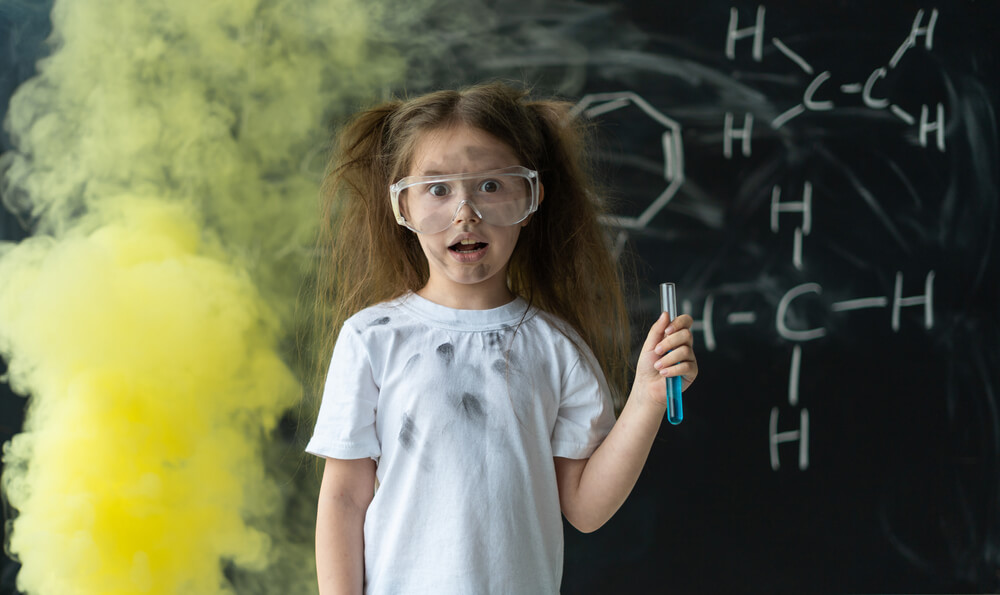
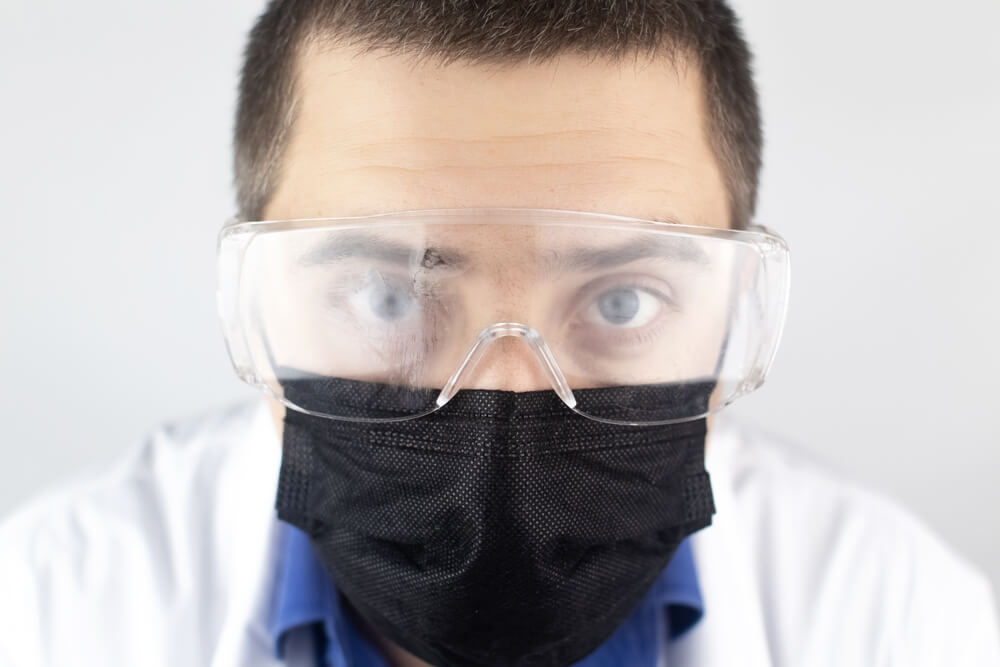
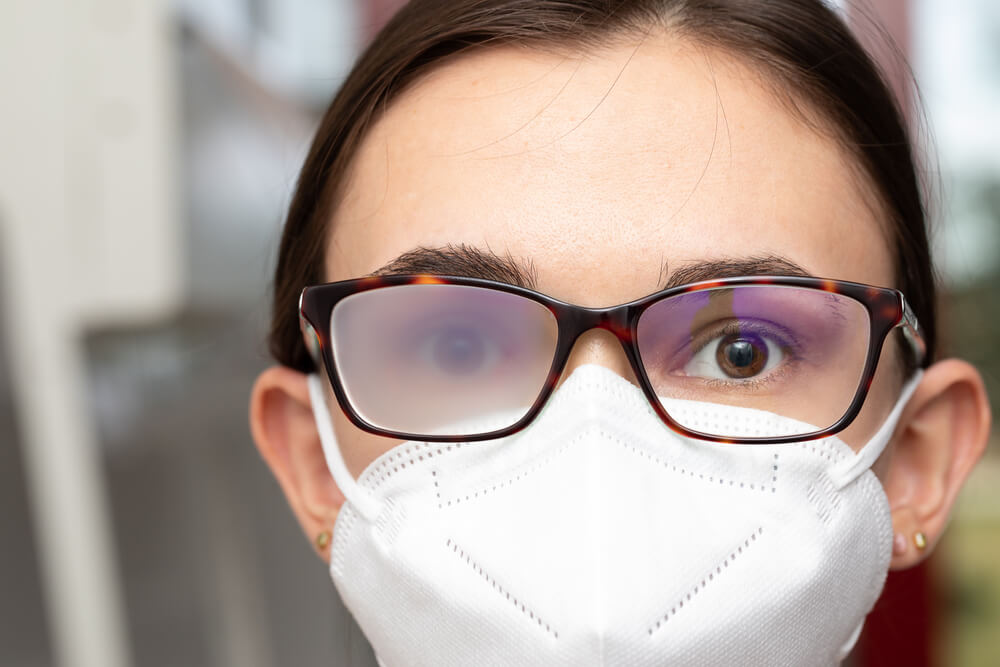
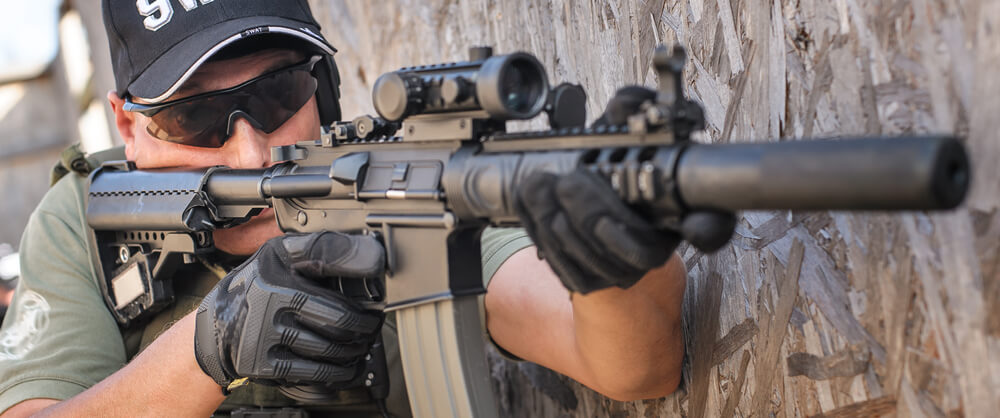

Leave your comment